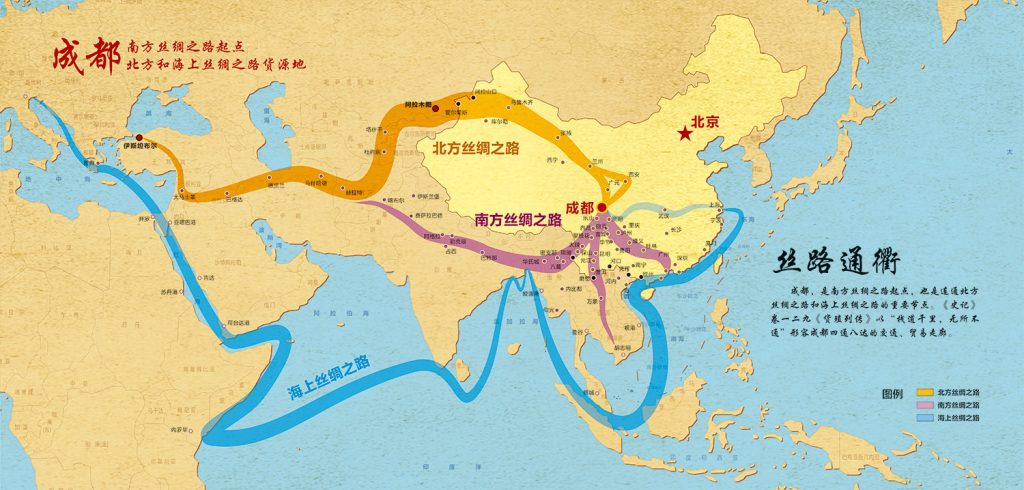The last two characters in the first line of the Heart Sutra are 心經:
摩 訶 般 若 波 羅 蜜 多 心 經
ma ha ban ya ba ra mil ta shim gyong
The first of these characters is 心 (xīn), is the Chinese character for “mind” and also for “heart”.
The character 心 is actually used to translate two different Sanskrit words in the Heart Sutra. The first is, of course, हृदय (hṛ́daya), the romanization for which is often simplified to hridaya. This Sanskrit word has a range of meanings similar to 心, for it can mean “essence” or “heart” (anatomically), or “mind”.
The other Sanskrit word translated into Chinese as 心 is चित्ता (cittā), which also can mean either heart or mind!
If the Chinese character 接 (jiē), which means “to come close to; to come into contact with”, is combined with 心 to make 接心, the result is a term often used for meditation retreats in the Zen tradition (in English we usually say “sesshin”, based on the Japanese pronunciation).
The left-radical form of 心 is 忄, and there are lots of characters that start with this radical. Some of them are 忪 (sōng), meaning “anxious”; 忮 (zhì), “stubborn” or “jealous”; and 忇 (lè), meaning “great achievement” or “to think”.
The last character in the title of the Heart Sutra is, of course, the Chinese character for sutra: 經 (jīng). In Devanagari script this is written as सूत्र, and the fully diacriticalized romanization is “sūtra”, although one commonly finds it simply as “sutra”.
The character 經 has two parts. First there’s 糹, which is the radical form of 糸 (pinyin: mì), the Chinese word for “silk”. The second part is 巠 (jīng), which means “flowing water” or “underground stream”.
There is also another, more elaborate, character for “silk”: 絲 (sī), and it is this form that is found in famous phrase 絲路, which means “silk road”.

